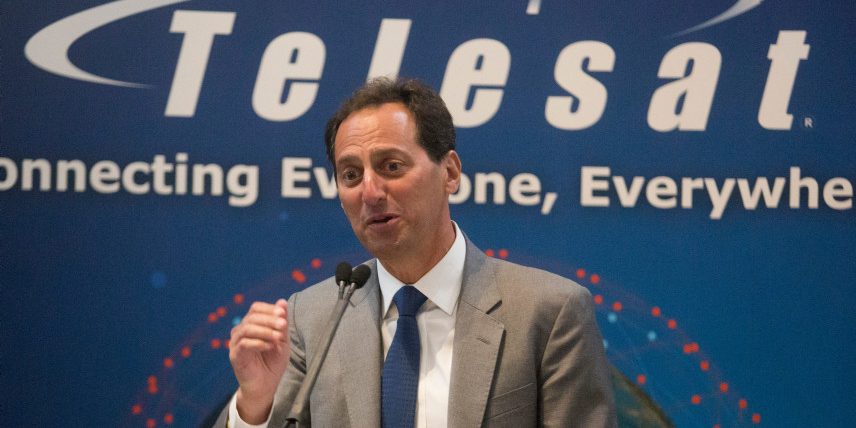
Telesat ‘bullish’ on government contracts as NATO allies consider increasing defence spending
Telecom | |May 6, 2025
As governments across the world consider spending more money on defence, putting a renewed focus on reaching their NATO spending targets, Telesat Corp. CEO Dan Goldberg says the company is looking to make the most of the moment.
This content is available to wirereport.ca subscribers
Already a subscriber? Sign in here
Unlock all the Canadian telecom, broadcasting and digital media news you need.
Take a free trial or subscribe to The Wire Report now.
FREE TRIAL
Two weeks of free access to thewirereport.ca and our exclusive newsletters.
SUBSCRIBE
Unlimited access to thewirereport.ca and our exlusive newsletters.




